
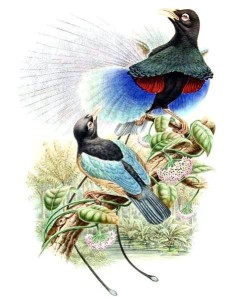
Watch Blue Bird of Paradise on PBS. See more from Nature.


Watch Blue Bird of Paradise on PBS. See more from Nature.
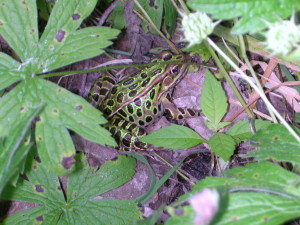 One hour on-demand interview about toads, mice, water snakes, werewolves and other under-appreciated animal allies.
One hour on-demand interview about toads, mice, water snakes, werewolves and other under-appreciated animal allies.
And then, as he looked after him Telemachus saw the stranger change in his form. He became first as a woman, tall, with fair hair and a spear of bronze in her hand. And then the form of a woman changed too. It changed into a great sea-eagle that on wide wings rose up and flew high through the air. Telemachus knew then that his visitor was an immortal and no other than the goddess Athene who had been his father’s friend.–The Odyssey (Padraic Colum, trans.)
 I recently learned that the bird often referred to as the “sea eagle” in translations of Celtic, Norse, and Greek myth is the osprey. This is a large bird of prey that nests along shorelines. Like the bald eagle it prefers a diet of fish, and at a distance it is hard to differentiate the osprey from the eagle. The osprey has a white head like the bald eagle, but it has a brown stripe across its eyes and its underside is white. It is slightly smaller than the bald eagle.
I recently learned that the bird often referred to as the “sea eagle” in translations of Celtic, Norse, and Greek myth is the osprey. This is a large bird of prey that nests along shorelines. Like the bald eagle it prefers a diet of fish, and at a distance it is hard to differentiate the osprey from the eagle. The osprey has a white head like the bald eagle, but it has a brown stripe across its eyes and its underside is white. It is slightly smaller than the bald eagle.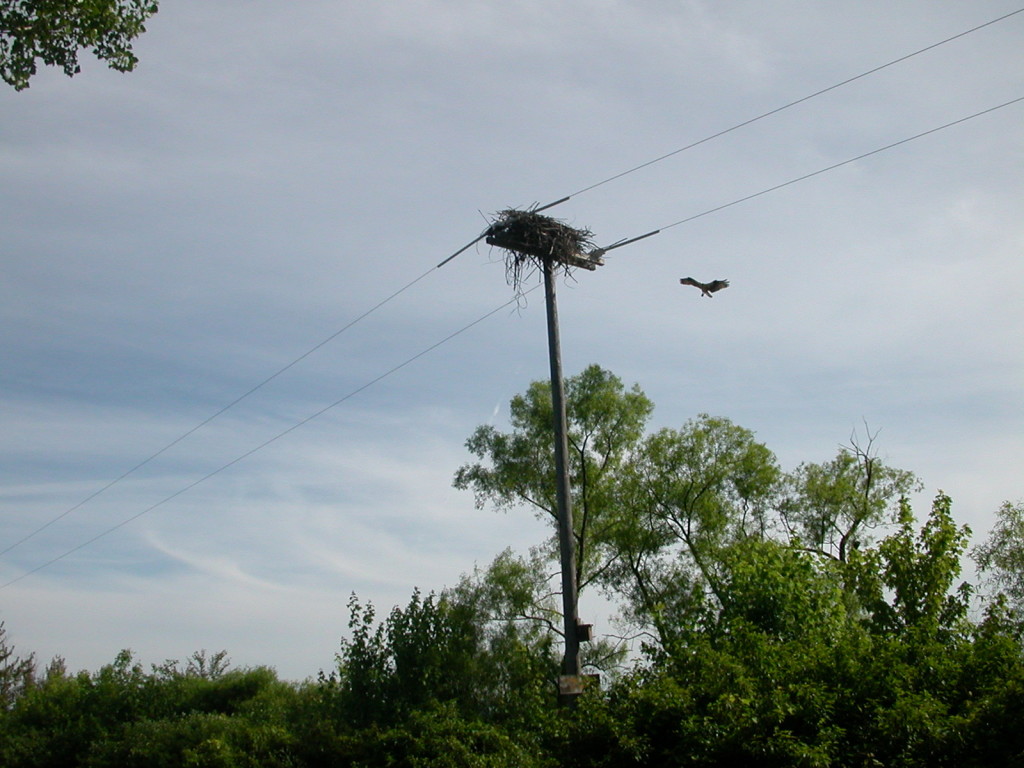
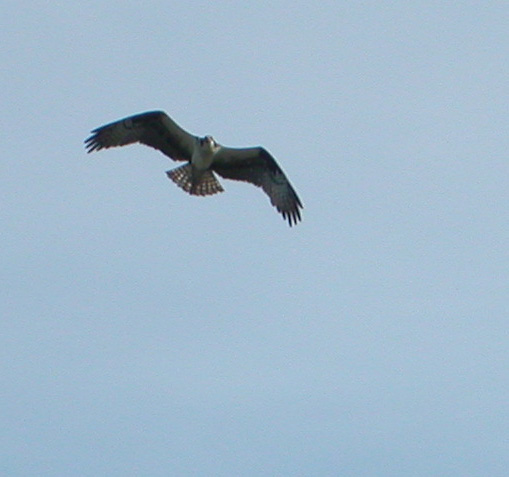
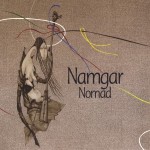 At the edge of the mountain ridge pathThe orphaned white camel colt weeps.When the frost is so violent that trees crackThe white camel colt seeks for grass under snow where the herd has just passed…On a cold evening early last spring a few dozen people gathered in the village church to hear Buryat singer Namgar Lkhasaranova accompanied on traditional instruments by her husband Eugeny Zolotarev. It was a fantastic concert. Namgar has an amazing voice and the concert featured percussion and wind instruments I had never heard before.Buryatia is a large region in Siberia near the Mongolian border. It is in the Adirondack news periodically due to local residents traveling to the region and vice versa. This is not, as I would have guessed, for commiserating about long cold winters. Apparently both mountainous regions face similar ecological challenges, and contact over these issues has facilitated some cultural exchange.The concert sparked many questions for me, and I would have liked to have interviewed Namgar for this blog. I will probably get another chance to do so, however, because the children raved about Namgar’s school concert for days and they will no doubt lobby persistently to get her back. It surprised me that the children were so taken by Namgar, since her traditional style of music would be unfamiliar to them.After the concert I picked up Namgar’s CD, entitled “Nomad.” Although I’ve decided I like the CD, I was initially disappointed because it was so different from the concert, being a crossover album containing elements of traditional Buryat folk music and instruments combined with a jazz/rock style. A pamphlet is included with translations of the lyrics in English. In preparing this blog post I discovered that Namgar has released a new CD called “Dawn of the Foremothers.” I will try to obtain a copy to review here.
At the edge of the mountain ridge pathThe orphaned white camel colt weeps.When the frost is so violent that trees crackThe white camel colt seeks for grass under snow where the herd has just passed…On a cold evening early last spring a few dozen people gathered in the village church to hear Buryat singer Namgar Lkhasaranova accompanied on traditional instruments by her husband Eugeny Zolotarev. It was a fantastic concert. Namgar has an amazing voice and the concert featured percussion and wind instruments I had never heard before.Buryatia is a large region in Siberia near the Mongolian border. It is in the Adirondack news periodically due to local residents traveling to the region and vice versa. This is not, as I would have guessed, for commiserating about long cold winters. Apparently both mountainous regions face similar ecological challenges, and contact over these issues has facilitated some cultural exchange.The concert sparked many questions for me, and I would have liked to have interviewed Namgar for this blog. I will probably get another chance to do so, however, because the children raved about Namgar’s school concert for days and they will no doubt lobby persistently to get her back. It surprised me that the children were so taken by Namgar, since her traditional style of music would be unfamiliar to them.After the concert I picked up Namgar’s CD, entitled “Nomad.” Although I’ve decided I like the CD, I was initially disappointed because it was so different from the concert, being a crossover album containing elements of traditional Buryat folk music and instruments combined with a jazz/rock style. A pamphlet is included with translations of the lyrics in English. In preparing this blog post I discovered that Namgar has released a new CD called “Dawn of the Foremothers.” I will try to obtain a copy to review here.
 Recognizing the signs of birds is one of the most ancient sciences. Another post at Return to Mago blog.
Recognizing the signs of birds is one of the most ancient sciences. Another post at Return to Mago blog.


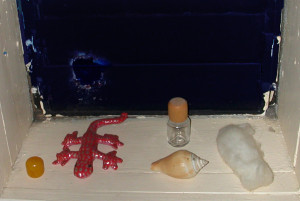
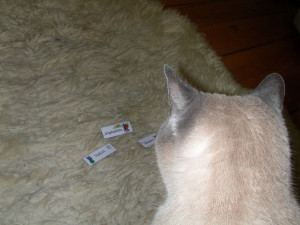
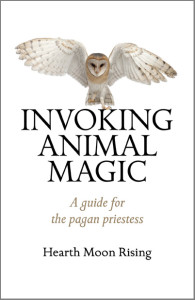 I am pleased this week to write about my forthcoming book Invoking Animal Magic: A guide for the Pagan priestess. The book reflects my research into the legends and folklore of various animals, as well as my direct experience in ritual and spellcasting. Rather than write an exhaustive encyclopedia of the “meanings” of different animals, I have elected to identify some of the principles of animal magic in Euro-shamanism and discuss them in a general way. The nine animals I have chosen to explore in depth are representative of different types of animals: those that live underground, those that migrate, those that fly, those that hibernate, etc.Nine is the number of pregnancy, and while I have no illusions that a book is anything like a baby, the process of bringing forth a book is like giving birth. The book is something that came from me, but at the same time is not me. I keep thinking about the last lines of Sylvia Plath’s poem “Metaphors”:
I am pleased this week to write about my forthcoming book Invoking Animal Magic: A guide for the Pagan priestess. The book reflects my research into the legends and folklore of various animals, as well as my direct experience in ritual and spellcasting. Rather than write an exhaustive encyclopedia of the “meanings” of different animals, I have elected to identify some of the principles of animal magic in Euro-shamanism and discuss them in a general way. The nine animals I have chosen to explore in depth are representative of different types of animals: those that live underground, those that migrate, those that fly, those that hibernate, etc.Nine is the number of pregnancy, and while I have no illusions that a book is anything like a baby, the process of bringing forth a book is like giving birth. The book is something that came from me, but at the same time is not me. I keep thinking about the last lines of Sylvia Plath’s poem “Metaphors”:
Money’s new-minted in this fat purse.I’m a means, a stage, a cow in calf.I’ve eaten a bag of green apples,Boarded the train there’s no getting off
Yes, the train has left the station. All the revising, the endless fact checking has to come to an end somewhere. Errors in fact and grammar must now stand. Even scarier is the thought that decades later I may disagree with what I’ve written. How much of what I thought twenty years ago is true for me today?But mostly I’m excited about the start of another journey, looking forward to talking to people about my ideas and curious about the direction they will take me and others.The website for Invoking Animal Magic has more information and an excerpt. The book will be available to hold in your hands in a few months. If you live in the UK, you can pre-order on Amazon. You can receive an email when the book is ready for purchase by going to the US Amazon page or leaving your email address under “subscribe” on the Invoking Animal Magic webpage. Even better, ask your local metaphysical store to carry the book. If you are interested in writing a book review from a pdf copy, let me know.Here’s to an intriguing and illuminating adventure!

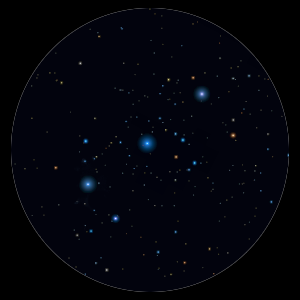
The Greek pantheon became large and complex because so many cultural influences shaped Greek history. New gods became incorporated through outside invasions, trade interactions, and the conquest of other states. The foundational strain of Greek civilization, called the Pelasgian culture by ancient Greek historians and part of the wider civilization of Old Europe by archaeologist Marija Gimbutas, placed goddesses at the center of worship. Indo-European invasions introduced a patriarchal religion headed by a sky god Zeus. In time other deities were introduced through trade (e.g., Aphrodite) or conquest (e.g., Hecate). Meanwhile devotion to pre-Indo-European goddesses such as Artemis or Athena persisted.Like nearly all polytheistic societies, the Greeks absorbed new deities by incorporating them in a common religious framework. A favored way of doing this was to marry one of the old goddesses to a new god. The goddess Hera became the wife of god Zeus and Persephone the wife of Hades. Since marriage was seen as subjugation of the goddess, where the cult of a goddess was particularly strong she remained virgin, as in the case of Artemis or Athena. Another way of creating order in the pantheon was to assign specific functions to different deities. Thus Aphrodite was not allowed to do any “work,” but must (officially) stick to her realm of romantic love. Sometimes a deity with a weaker following would become the priestess of a deity with a more robust cult, especially if these deities had similar functions. Thus the Arcadian bear goddess Callisto was said to be a priestess of Artemis. The ecstatic Dionysus was followed by the wild goddesses known as the Maenads. Other times deities with similar functions would be subsumed under the name of the deity with the more powerful cult.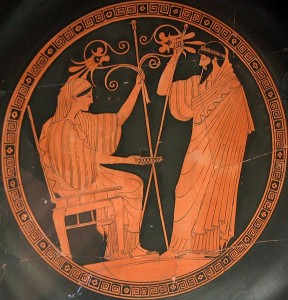
O Royal Juno [Hera] of majestic mien, aerial-form’d, divine, Jove’s [Zeus’] blessed queen,
Thron’d in the bosom of cærulean air, the race of mortals is thy constant care.
The cooling gales thy pow’r alone inspires, which nourish life, which ev’ry life desires.
Mother of clouds and winds, from thee alone producing all things, mortal life is known:
All natures share thy temp’rament divine, and universal sway alone is thine.
With founding blasts of wind, the swelling sea and rolling rivers roar, when shook by thee.
Come, blessed Goddess, fam’d almighty queen, with aspect kind, rejoicing and serene.
Hera is not only the goddess of marriage and the wife of Zeus, she is the creator of everything, the sustainer of life, the protector of people, the force that drives the wind, the waves, and the torrid rivers. She is a big deal.The problems in how we conceptualized the Greco-Roman gods in our high school English class increase exponentially when we begin applying this methodology to other pantheons. Our understanding becomes not only grossly reductionist, but wrong.Let’s look again at the Germanic pantheon. The Germanic tribes, like the Greek, had a steadily growing collection of deities to sort out. Unlike the Greeks, who lived for millennia in the same place and found themselves conquered and reconquered, the Germans grew their pantheon by conquering others and absorbing the local gods, then repeating the process many times as they moved westward. It is common wisdom that the gods of the Vanir branch (including Freya and Freyr), are the Old European gods and the larger Aesir branch (which includes Frigga, Odin, Thor and many others) is the Indo-European one, but the Aesir includes plenty of Old European deities that were absorbed at an earlier time. I have heard Odin described as the old warrior and Thor the young warrior; Skadi the winter goddess and Idunn the spring goddess; Frejya the woman warrior and Frigga the hearth goddess. These depictions are totally accurate but completely wrong.Sometimes a discussion of Germanic mythology from a functional perspective describes the afterlife as the Hall of Valhalla presided over by the god Odin. Only warriors go there, so Odin is the god of the warrior death realm while the goddess Hel is queen of death for ignoble people. But further reading of the myths reveals that half the slain in battle (actually the preferred half) go to Frejya’s Hall of Sessrymnir. Hel’s death field is a sheet of ice, but there is a death goddess by the name of Mengloth who lives on a hill in the underworld called Lyfjaberg. Frigga greets the dead from her island of Fensalir. The god Heimdall meets his faithful in his hall of Himinbjorg. The Germanic tribes seem to have sorted out their gods not by dividing functions, but by allocating real estate in the afterworld. They were a people who lived very close to death, after all.Unlearning high school mythology allows us to make better sense of the Germanic mythology penned by the first generations of Christians, and perhaps even to discern some of their conceptual errors. Next week we will again look at the goddesses Frejya and Frigga, and hopefully understand them in a better way.

